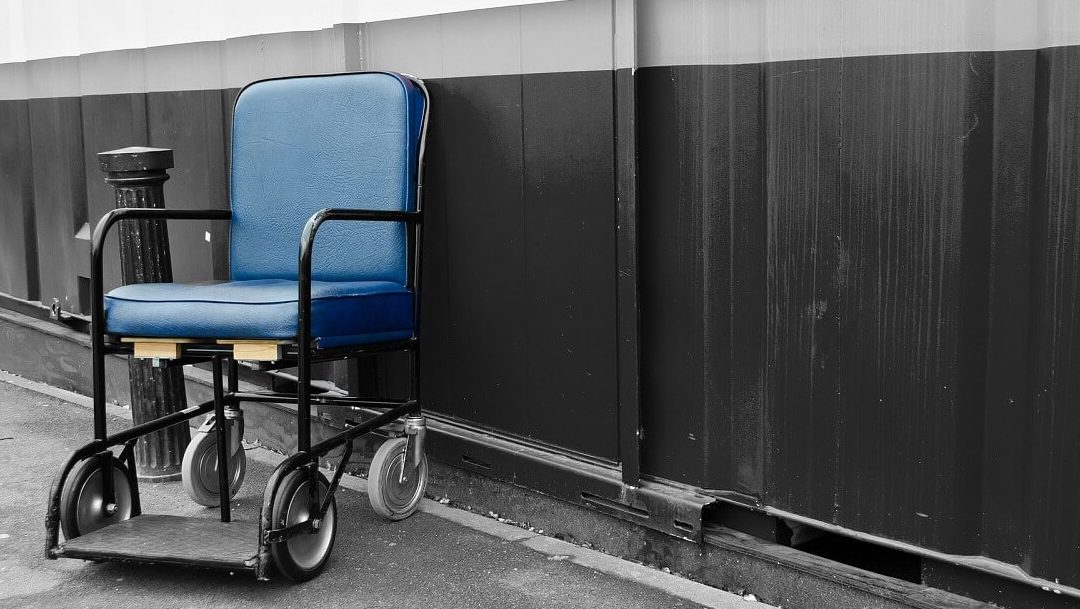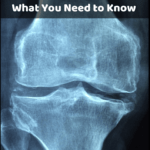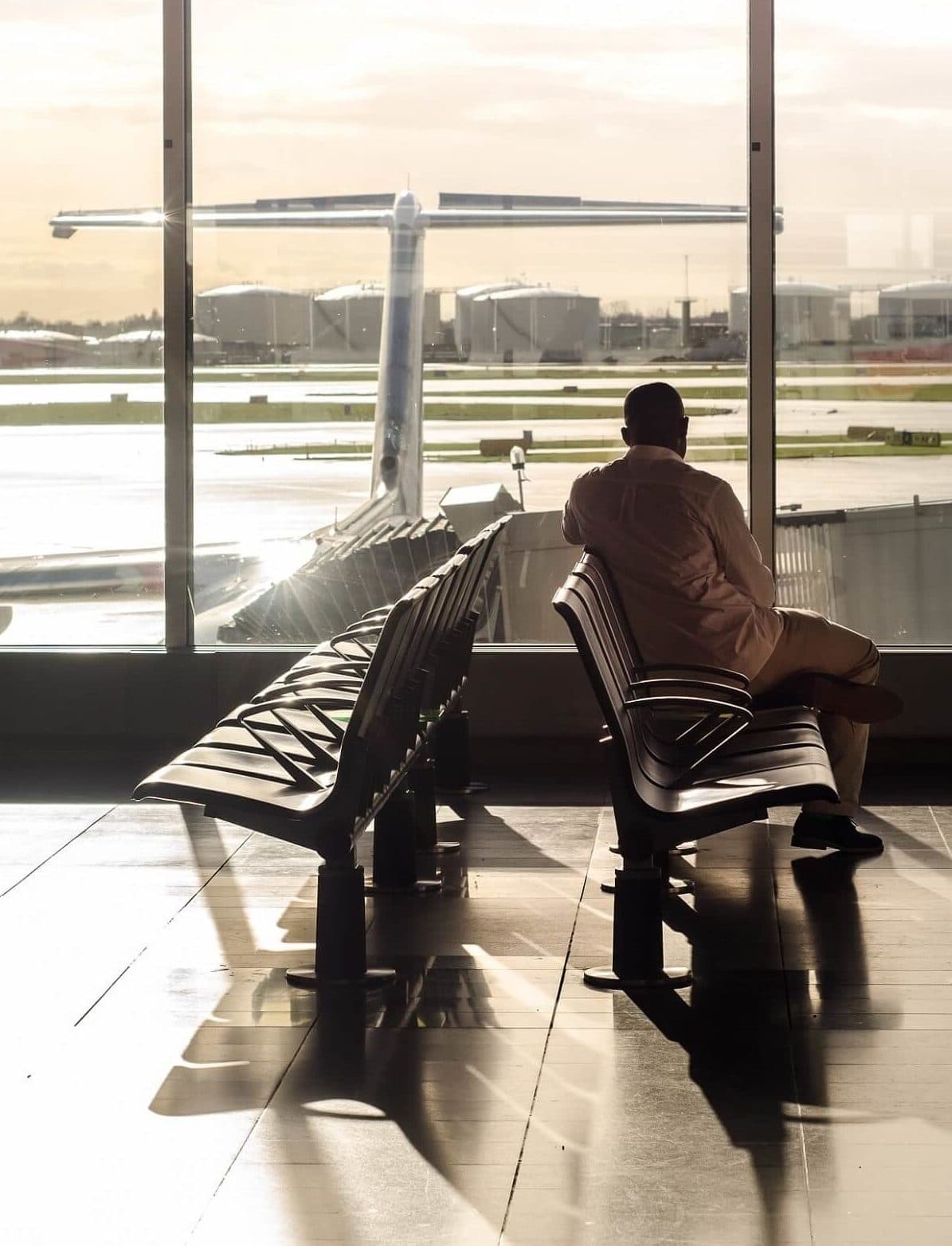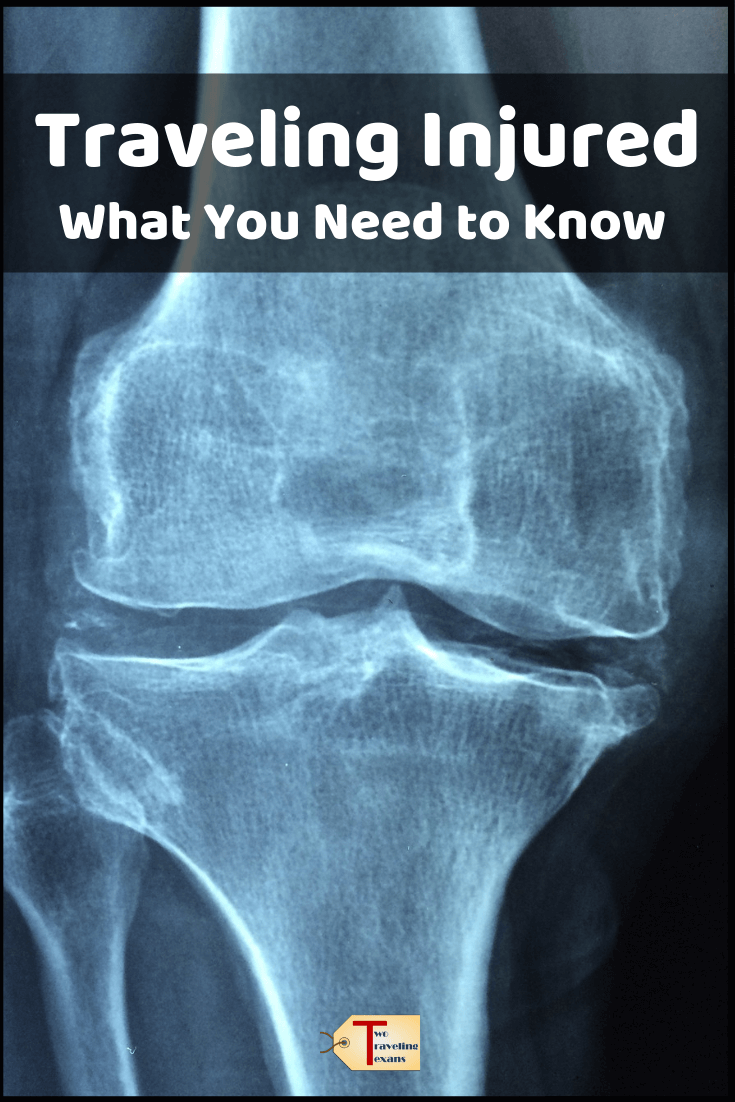You may have seen my facebook live video and heard that I had to reschedule my O2 climb. Well, it got worse after seeing a specialist. I was told to wear a full leg brace for four weeks! Just my luck, I had a trip scheduled to visit the US during that time. While I seriously debated canceling (rescheduling) my trip, in the end, I just couldn’t. I knew it wouldn’t be easy, but in this day and age accessible travel should be a reality.
I wanted to share my experience traveling injured so that you can make an educated decision on whether to travel if you or a loved one ever find yourself in that position. Additionally, I wanted to share the small insight I got into what disabled, or injured passengers have to put up with every time they travel. It was a real eye-opener and it’s something we should all take an interest in because a lot more needs to be done to make travel accessible to everyone.
It’s up to you whether to travel with an injury or not. Whatever you decide, I strongly recommend that you consult your doctor before flying with a knee injury – or any injury for that matter! You should also check your travel insurance to see if your injury has any impact.
Note: This post contains affiliate links. Please see disclosure for more information.
Contents
My Knee Injury
I slipped in the snow and ice in February. Once I found out I broke my kneecap, I had to wear a full-leg brace that forced my leg to always stay straight. Luckily, I could still walk, but not without a serious limp. Even when I was sitting, I needed my full leg to be supported to be comfortable.
I know many people have injuries that are much worse, but mine was bad enough that I was able to see what injured or disabled passengers have to deal with. For the most part, it wasn’t pretty.
Note: Part of my trip to the US, I traveled alone and part of the trip I was traveling with my husband, Russell.
Accessible Travel Services
One thing I noticed throughout my travels was inconsistency. In some places, staff took great care of me and people went out of their way to help. In others, I was disgusted by the way I was treated and thankful my injury was not any worse.
Since I had no idea what to expect when I was traveling and I was so dependent on others to help me, I developed serious travel anxiety. I never had issues with anxiety like that before and it gave me a new appreciation for those that have to deal with it on a regular basis.
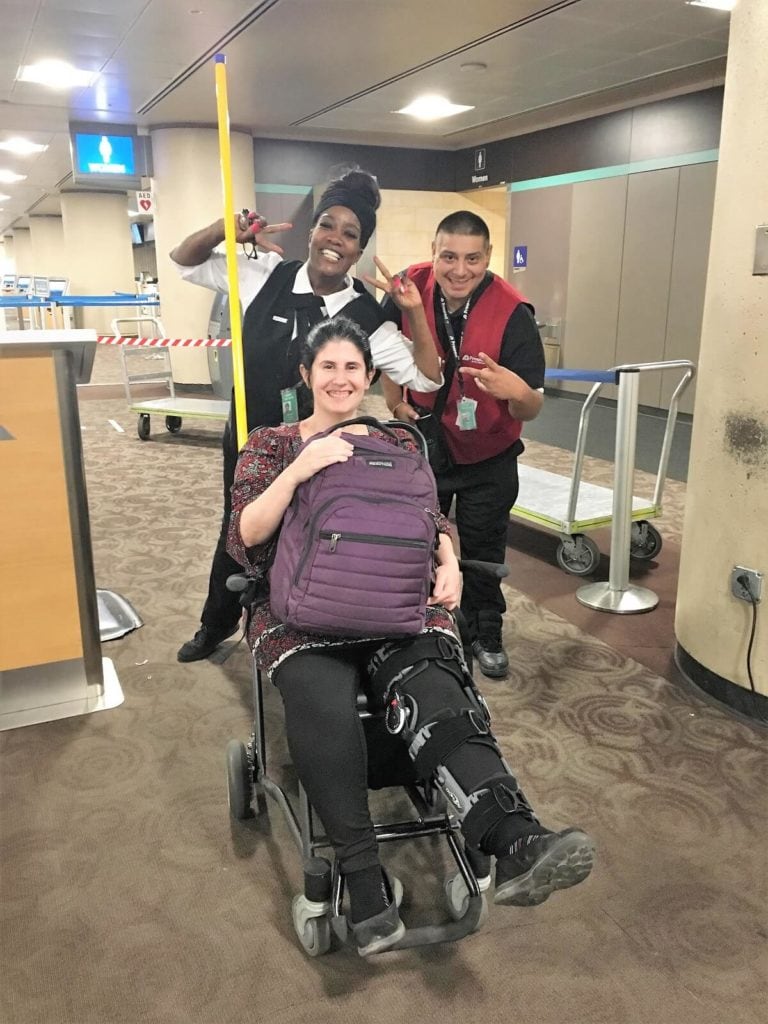
Wheelchair Assistance
When I arranged the wheelchairs for my flights, I asked where I was supposed to go to get the wheelchair. I was told when I get to the airport, go straight to wheelchair assistance, special assistance, or whatever the airport calls it.
Unfortunately, I learned that they will not help you unless you are already checked in and have a boarding pass. Additionally, in some cases, these areas were not clearly marked and I had to ask. I felt lucky that I could walk if I had to. I am not sure how I would have managed otherwise.
It seemed you got one attendant to take you to the gate and then someone else later to help you board. I understand they can’t have someone just wait there with you, but several times I was worried that no one would come to help me board.
The wheelchair attendant came to help me board at Newark, put me in the wheelchair and then said I will be right back. After 15 minutes of waiting, he was nowhere to be found. Luckily I was able to flag down another wheelchair attendant that waited with me and helped me board the plane.
In one case, I had a gate change. I was lucky that the flight just moved to the next gate over and it was a short distance so I could walk, but again I worried about those who can’t walk at all. The staff at the gate seemed unaware that there was a person that needed assistance and was about to move to the other gate before Russell mentioned it to her!
I had a slight issue when I landed in Houston. While I waited for most people to get off the plane, another passenger took my wheelchair. The flight attendant explained that sometimes if there an elderly person on the flight, they decide they need a wheelchair when they see it. She made a call and another wheelchair arrived to pick me up a few minutes later.
Heathrow Airport Special Assistance
The special assistance provided at Heathrow Airport was, frankly, appalling, and I am not the only one that has had issues. Just recently, a BBC reporter’s wheelchair was lost and he was stuck on an empty plane for 90 minutes. While Heathrow has apologized for that incident, this was not an isolated case as the news reports confirm. They still need to work on improving the services that they provide for disabled passengers.
When I arrived at the Heathrow terminal for my flight, I saw the special assistance area and went straight there. They asked me if I had checked in and I told them no I was told to come straight to the special assistance. They told me I would need to check in before they would be able to help.
I limped over to the check-in desk to check my bag and get my boarding pass, then headed back to the special assistance area. There were three employees at the desk and lots of people standing around and sitting in the waiting area. I handed over my boarding pass and they told me to sit down.
At this point, I was getting a little nervous about my flight as the boarding time was approaching so I asked how long it would be. They told me 30 minutes! I looked around wondering how long all these other people had been waiting and wondering would it really be 30 minutes or longer.
If it was longer, then I could miss my flight. If I had to walk to my gate, it would take time. I tried to tell them nicely that my flight was leaving soon. They lectured me and others about getting to the airport earlier if I needed a wheelchair. It would have been nice if someone would have told me that before I got to the airport.
I didn’t want a lecture and I didn’t have time for one either. I grabbed my boarding pass back and said I guess I will have to walk, I can’t risk missing my flight.

Heathrow Special Assistance completely ignored the fact that I had made arrangements for a wheelchair in advance to make sure the process went as smoothly as possible. It’s a reasonable expectation that the wheelchair would be available when I got there since I had booked it beforehand.
Apparently I was wrong. This, it turns out, was a completely pointless exercise. I might as well have saved myself the effort. They didn’t even seem to think this was their problem.
Frustrated, I headed to security and asked the employee guarding the business class line if I could use that. I had my brace on and an obvious limp, but still, he said no. I went through the regular line which luckily was not too long, relieved I had made it through the first hurdle.
I looked at the screen to find my gate, crossing my fingers and hoping it wasn’t going to be a long walk. Just my luck, my gate was a 15 minute walk away. There were moving sidewalks along part of the way that helped, but that trip to the gate was long and painful.
I spotted a cart that transports disabled passengers at one point, but the driver wasn’t looking my way. By the time I got to the gate I was tired, sore and stressed. They were already boarding! I was relieved to get on the plane and find my seat.
Return to Heathrow
After my red eye flight landed in Heathrow, I also had issues. The wheelchair was there when we landed and he took me into the hall. I would have to wait there for a cart to take me to immigration. Russell decided to go ahead since he needed to change his clothes. A few minutes after Russell left, the attendant asked me if my husband could push me to immigration.
My initial reaction was that it would have been better if he had said something before Russell left, but in reality, Russell would not have been able to manage the wheelchair, two suitcases and two backpacks!
The attendant told me that because I couldn’t bend my knee I might not fit on the cart. Waiting and worrying about whether I could fit on the cart and what would happen if not, was very stressful. I knew it was a long walk to immigration. Luckily there was an empty seat next to me on the cart so I could put my leg across the seat.
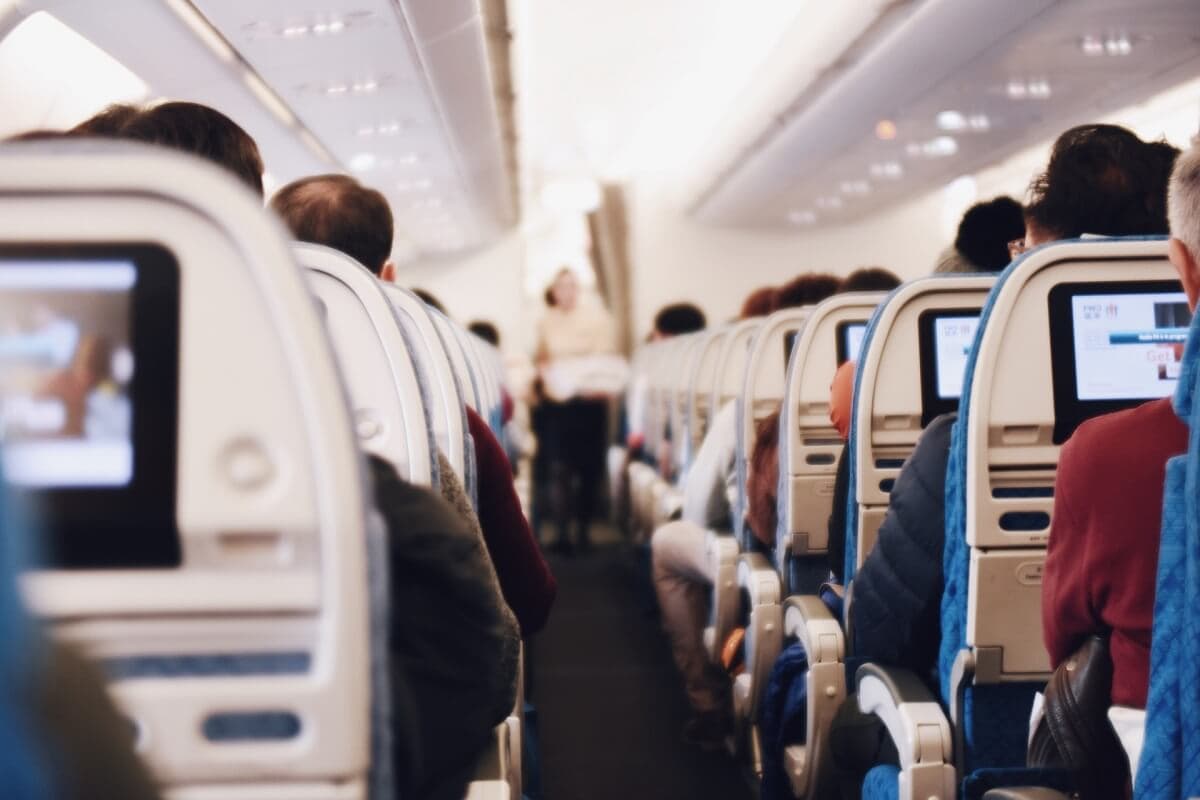
Exceptional Wheelchair Service
I did have some lovely wheelchair attendants who I can’t thank enough. They went above and beyond what is expected for wheelchair accessible travel.
At Newark Airport, the lady that escorted me to my gate also took me to a food shop so that I could get myself something to eat. I gave her my credit card so that she could stand in line and pay for my food. She actually used her airport employee discount on my lunch. I know she did not have to do that, and the gesture was appreciated.
We also had a great wheelchair attendant in Phoenix. He was so helpful when we went through security. For various reasons, all our bags got selected for an additional search. He helped put everything back together! We need to make everything single thing accessible to every single person with a disability. - Stevie Wonder
Going Through Airport Security With a Knee Brace
Going through security with an injury is not easy. Luckily, in most cases, I was in a wheelchair so that helped. I was given the option to stay in the wheelchair or walk through the scanning machine. At first, I thought I can walk so I should go through the scan, but every time I did the brace would set the scan off. I always required additional screening which would include a pat down, hand wand, and a swab of the brace.
If I am going to have to have additional screening anyway, maybe I should just stay in the wheelchair? I tried that once and I had to have additional screening over my whole body. I don’t think it saved me any time or screening, so if you are able to stand and walk through the scan I think that is the best approach.
Tips for Traveling While Injured
If you do decide to travel with your injury, I think you will find these tips helpful:
#1 Call the Airline
Since I was visiting several cities on my trip, I had several flights, including two overnight ones. Given the current state of legroom on most planes, I wasn’t exactly sure how I would be able to manage with my leg brace. I had booked window seats in economy because I usually like to sleep as much as possible without being asked to get up for my neighbors.
My friend, Artee, suggested I call the airline. (Get the airline accessiblity desk info here.) It was only a few days before my flight when I called United. The agent I spoke to was so helpful. He upgraded me to Economy Plus without any additional charge for all my flights. He also upgraded my husband who was flying under a different reservation, without any hesitation. Lastly, he ordered wheelchairs to get me to and from each gate since I was traveling through some large airports.
I had some flights with another airline and my call to ask for assistance did not go as smoothly. I explained that I had a leg brace that required my leg to stay straight and asked if it would be possible to get more legroom. The agent then told me that it would cost $18 per person for the short flight from Houston to Dallas. I explained that United upgraded me on international flights for free and told her I was surprised they weren’t able to do the same. Then she told me that just because I have a brace doesn’t mean I am disabled, it’s not like I have my “knee fused together.”
After a few more minutes of arguing and explaining again that I could not bend my knee, she transferred me to another department that was able to help. I guess some airlines do a thorough screening before transferring you to the special assistance department. Do some people try to manipulate the system by saying they have a disability just to get more legroom? Luckily in the end, I got upgraded to bulkhead seats free of charge and they ordered wheelchairs for me.
#2 Don’t be Afraid to Ask for Help
I don’t normally like to ask for assistance, but being injured there are a lot of things I just can’t do. I also think that people are more likely to help you when they see that you are injured. Plus, the worst thing that could happen is that they say no. For the most part, I was pleasantly surprised that many strangers were willing to offer a hand.
Before I hurt myself, I bought tickets for a specific train from Norwich to London. Now that I was injured, I wanted to have a little extra time. I went to the customer service desk and explained the situation and they allowed me to switch trains at no additional cost. Normally, you would have to buy a whole new ticket.
I would also need help with my bags going up and down stairs. In some cases, I had people offer to help before I even asked. When I did ask, I always got the response “sure.”
When I took the tube from Liverpool Street Station to Heathrow airport, I tried to make sure I was the first person to board so I would be able to get a seat. In one case, I had a woman jump in front of me to grab the last seat. Luckily there was a gentleman close by and I asked if I could sit down and he graciously gave up his seat. The women who took the last seat actually got off at the next stop.
#3 Pack light
We have talked about packing light, in general, to make travel easier and save on baggage fees, but it is even more important when you are injured. It is hard enough just getting yourself places and every bit of baggage makes it more difficult. Wheelchairs have limited storage space too.
#4 Be Sure to Hydrate
It’s always important when you are flying to drink lots of water and stay hydrated. For me, this was even more important when I had to wear my brace. If I get dehydrated my leg would swell, which would make my brace even more uncomfortable. It’s worth it to either bring an empty travel water bottle (like this one) or purchase one once you go through security.
I had a hard time balancing my need to stay hydrated with having to use the bathroom on the plane. The bathroom on the plane was narrow and had little leg room. I struggled using it with my leg brace. All planes should have a handicap accessible bathroom.
#5 Allow extra time
I can’t stress this enough. Not everything will go smoothly. Everything takes longer and you will be thankful for the extra time. Traveling with an injury like a broken leg is stressful enough, you don’t want to be worrying about missing your flight. It’s not like you can run to the gate.
#6 Check Your Travel Insurance
It’s always a good idea to have travel insurance on your trip. Make sure you understand what is covered and what is not, so that the policy you get is right for you. You can check out different options through Travel Insurance Master here.
Traveling Injured is Not Easy
I hope that you never need to use this advice. Traveling with an injury is not easy.
It’s important for everyone to understand what it is like though because I feel like more needs to be done to make traveling with an injury easier. I know in the future I will try to keep an eye out for those in a wheelchair to make sure they are ok and see if they need help.
Airports and airlines should also take a hard look and see what they can do to improve to make travel accessible for everyone. Unfortunately, we still have a ways to go until we have truly accessible aviation.
While I originally wrote this blog post back in 2018, I still hear about disabled passengers facing issues. I wish I could say things have gotten better, but I don’t think they have. It is quite upsetting that more hasn’t been done.
Have you ever had to travel with an injury? I would love to hear about your experience.
–Anisa
Pin for Later
Expert Tips for Traveling with an Injury
- Call the airline to see if you can get extra legroom and wheelchair. You might not get it on your first request, so you may need to escalate.
- Allow extra time. Things will not go as planned and you will need it!
- Check in online if you can. You will need to show your boarding pass before you get a wheelchair.
- Think about whether you should reschedule your travel, especially if you are not able to walk at all.
Disclosure: This post contains affiliate links. This means we will receive a small commission for some purchases made using links in our blog with no additional cost to you. Please be assured we would not promote any product unless we believe that our readers will also benefit. The commission does not influence the editorial content of this site.
Two Traveling Texans is a participant in the Amazon Services LLC Associates Program, an affiliate advertising program designed to provide a means for sites to earn advertising fees by advertising and linking to amazon.com, amazon.co.uk, amazon.ca. Amazon and the Amazon logo are trademarks of Amazon.com, Inc. or its affiliates.
Last Updated on December 19, 2022

